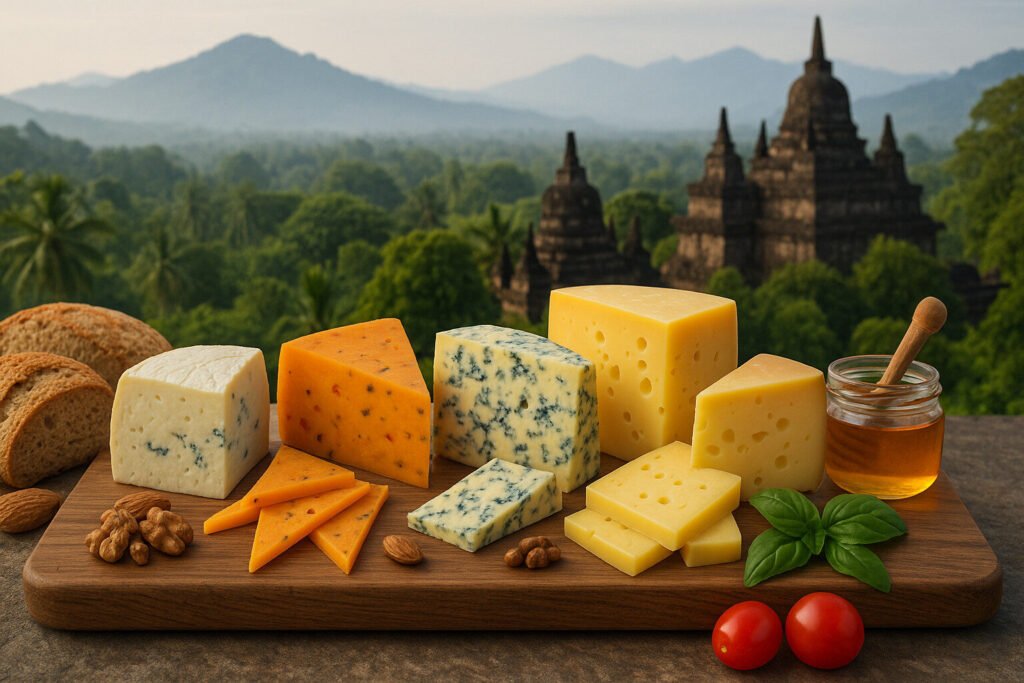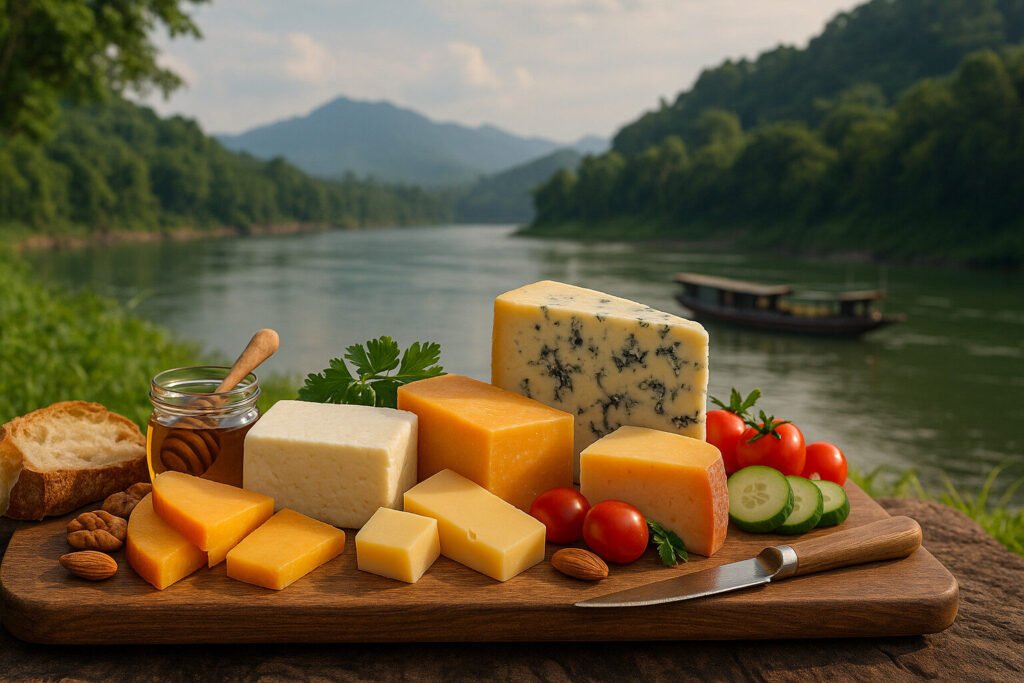Cheese Of Thailand
Cheese in Thailand: Definition and Scope
Cheese in Thailand refers to dairy products primarily made from cow’s milk, though some varieties incorporate buffalo milk. The scope includes both locally produced fresh cheeses and imported aged varieties adapted to Thai tastes. This category encompasses traditional regional specialties and modern fusion creations developed for contemporary cuisine.
Thai cheese production remains a niche but growing sector within Southeast Asia’s dairy industry. Market offerings range from simple quark-like fresh cheeses to more complex brined varieties. Imported European-style cheeses are often modified with reduced aging times to suit local climate conditions and consumer preferences.
Production Methods and Techniques
Traditional Thai cheese production emphasizes fresh, minimally processed varieties requiring limited aging infrastructure. Common techniques include direct acidification using lime juice or vinegar for immediate consumption products. Small-scale producers typically work with pasteurized milk from local dairy cooperatives under controlled temperature conditions.
Modern facilities employ European cheesemaking equipment adapted for tropical conditions with enhanced cooling systems. Production often incorporates local ingredients like coconut milk or herbs during the curdling process. Quality control focuses on managing humidity and temperature challenges unique to Thailand’s climate throughout the maturation period.
Sensory Characteristics and Properties
Thai cheeses typically exhibit mild, milky flavors with subtle salty or tangy notes depending on brining duration. Texture ranges from soft and spreadable in fresh varieties to semi-firm in pressed styles. Many local cheeses maintain higher moisture content than their European counterparts due to shorter aging periods.
Color profiles tend toward bright white from pure milk compositions without artificial coloring. Aromatic qualities are generally subtle with clean dairy notes predominating. Melting properties vary significantly, with fresh cheeses maintaining structure while creamier varieties develop smooth consistency when heated.
Culinary Applications and Uses
Thai cheeses primarily function as accompaniments to fruits or as ingredients in adapted Western dishes. Fresh cheeses commonly appear in salads, sandwiches, and as toppings for baked potatoes. Street food vendors incorporate local cheese into modern interpretations of traditional snacks like roti and grilled sandwiches.
Restaurant kitchens utilize cheese as filling for dumplings or as component in fusion pasta dishes. Dessert applications include cheese-topped shaved ice and cheese-filled pastries. Industrial food manufacturing incorporates processed cheese into sauces for instant noodles and ready-to-eat meals.
Regional Variations and Examples
Northern Thailand produces distinctive brined cheeses influenced by Burmese and Chinese dairy traditions. The Chiang Mai region specializes in smoked milk cheeses using local hardwood varieties. These products typically feature firmer texture and more pronounced saltiness than central plain varieties.
Bangkok and central regions focus on fresh cheese production including ricotta-style varieties. Southern coastal areas experiment with seafood-infused cheeses incorporating local shrimp paste. Major dairy companies like Dutch Mill and Betagro have developed proprietary cheese lines targeting different regional taste preferences.



